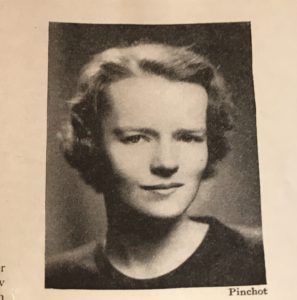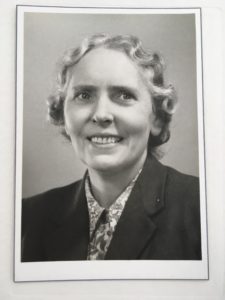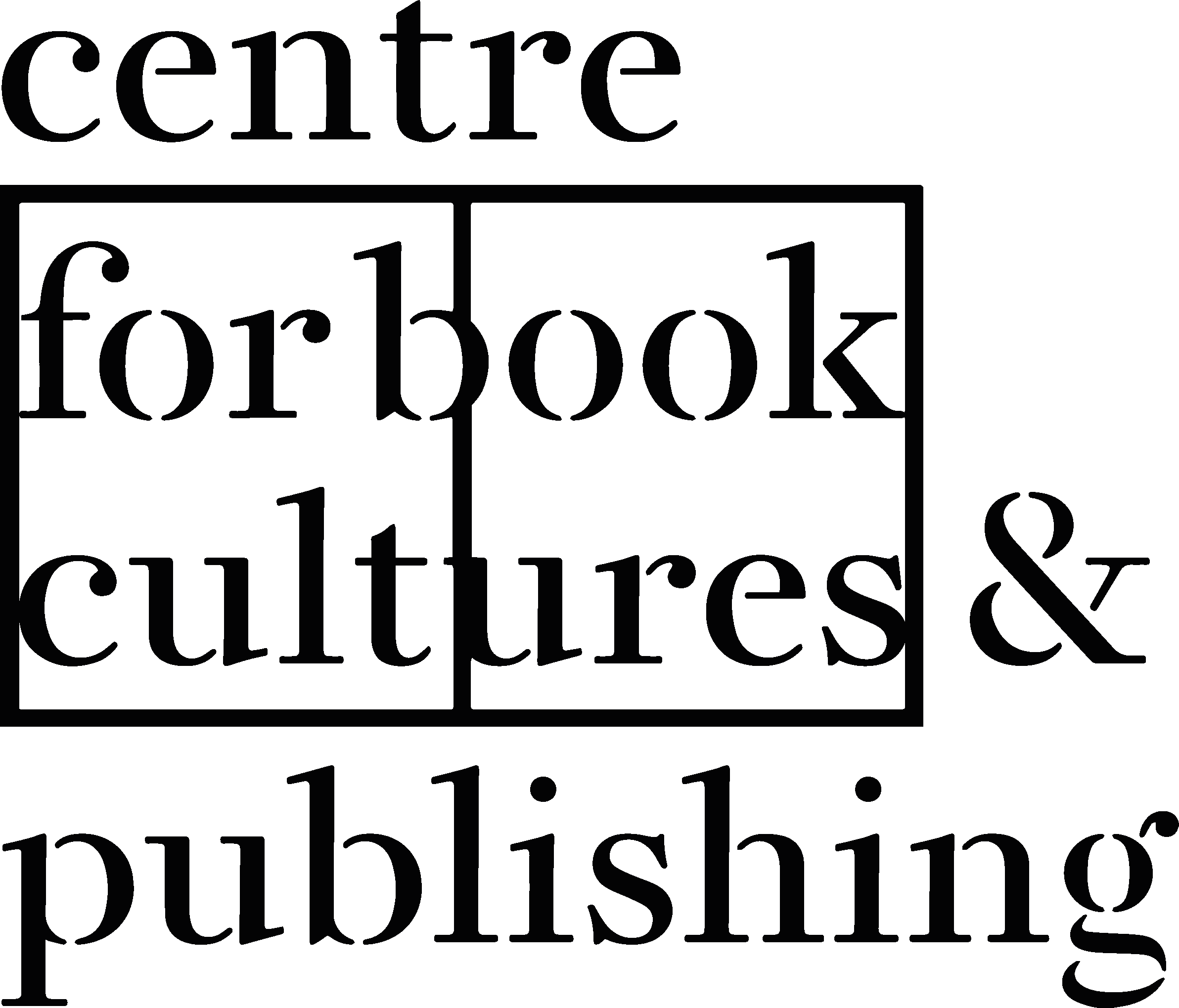by Elizabeth West, Department of English Literature, University of Reading
Johanna Thomas-Corr’s recent article for The Observer, How women conquered the world of fiction, provoked a flurry of social media comment on the issues it raised. In her widely researched piece, Thomas-Corr observed that, within contemporary literary fiction, ‘The energy, as anyone in the publishing world will tell you, is with women.’ Women are dominating prize shortlists which, a generation ago, would have been populated largely by men.
In another example, Vintage, one of the UK’s largest publishers of literary fiction, are championing five debut novelists this year, all of whom are women. As Thomas-Corr points out, all but four of its 19 commissioning editors are female, and this reflects UK Publishing Association statistics that 78% of editors within UK publishing are women. These figures, and the anecdotes gathered by Thomas-Corr from figures within the publishing industry, male and female, suggest that there is an inextricable link between the gender balance of those commissioning new fiction, and the gender of those writing it.
This obviously prompts more questions about the audience for these books (and it is worth noting that in The Observer article the focus is very much on literary rather than genre fiction). The consensus appears to be that it is predominantly women who read literary fiction. Why this might be – because men traditionally don’t read books written by women? Fewer men read literary fiction at all? Men don’t get into the habit of reading fiction as boys in the way that girls do? – is a whole other article. So are wider issues of class and diversity within publishing. For me, however, another aspect of Thomas-Corr’s study was of particular interest.
A tweet from rare bookseller, The Second Shelf, claimed that many of those quoted in The Observer were ‘misinformed about the history of women writers and women in publishing. If they seemed historically invisible, that’s because the history isn’t inclusive. THEY WERE THERE FOR A LONG TIME’. This resonated with me, as a researcher of mid-twentieth century children’s publishing. I’m particularly interested in a group of women who had a huge impact on the development of children’s literature but who have been largely overlooked in general publishing history. This situation echoes the position of many women authors, as highlighted in the Second Shelf tweet: ‘Historically women writers have dominated publishing in the past and then the history of this is completely obfuscated while men were canonized.’
When the UK began to wake up to the potential of discrete children’s departments in the early 1930s (following America’s lead), it was, predominantly, women who were given the task of managing them. This early generation of women editors, including Grace Hogarth and Eleanor Graham, wielded considerable power and influence within their chosen field, and their work created a market that encouraged better quality, more creatively inspired literature for children.
These editors were, to some extent, victims of their own success, however. Such were their achievements in elevating the profile of children’s publishing, that firms began to realise the commercial potential of this market. Grace Hogarth’s ‘small but beautiful’ model, which valued skilled multi-taskers, where everyone was allowed to read the slush-pile, and authors became lifelong friends, was gradually eroded as different functions of the book publishing process were farmed out to specialist departments.
Despite their pivotal role in laying the foundations for a new generation of children’s authors and editors, the work of these women was all too often overlooked in the written histories of publishing houses. A prime example of this failure of memory can be found in The History of the Oxford University Press (2013). Although there is a chapter devoted to children’s books, and Edward Ardizzzone’s Little Tim series is recalled, there is no mention of Grace Hogarth’s role in its publication. The fact that it was Hogarth who recognised the book’s potential, who encouraged Ardizzone to experiment with lithography, who actually contributed her own hand-lettering to the text and who launched the book on both sides of the Atlantic, has been omitted.
Johanna Thomas-Corr highlights the complexity of the issues surrounding gender within publishing. The jury is out, within this article at least, as to whether the current pre-eminence of women is a positive development or a worrying trend. What is certainly true is that the experience, expertise and influence of women within publishing is certainly not a new phenomenon, but one which has shaped the industry over an extensive period of time, with or without official recognition.


Elizabeth West
Elizabeth is a PhD researcher at University of Reading, using archival material primarily but not exclusively from the British Publishing Archive held in Reading Special Collections. Her research investigates the development of mid-twentieth century children’s literature by focussing on a group of women involved in all aspects of children’s publishing during this period.

